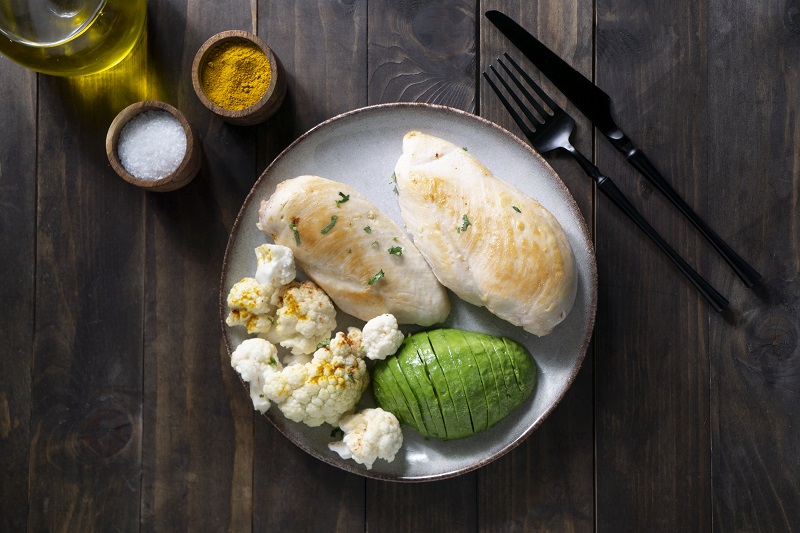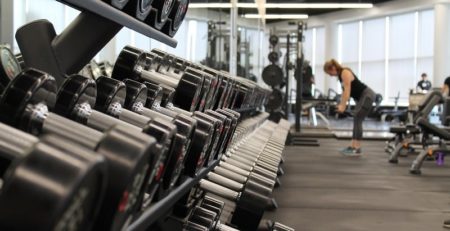How to Start Keto Diet: A Beginner’s Guide to Keto
If you’ve decided it’s time to get healthy and shed a few kilos, learning how to start a keto diet is the best place to begin. Various studies show that following a keto meal plan improves your health conditions, aids in weight loss, and may even assist in managing diabetes, cancer, and epilepsy. So, let’s look at this beginners’ guide to keto.
What is the Keto Diet?
Before we look at how to start a keto diet, it is essential to understand what a keto diet is. The Ketogenic Diet consists of a high-fat, low-carb diet. By consuming minimal carbohydrates, you remove your body’s typical source of energy, forcing it instead to burn stored fat to create the energy it needs. In addition to burning away stored fat, this eating style can significantly reduce blood sugar levels and stabilize insulin levels.
What is Ketosis?
When your body starts burning fat stored in your body to produce energy, it slips into a metabolic state called Ketosis. By reducing your intake of carbohydrates, you limit your body’s source of glucose, which is the primary energy source for the cells that make up your body. Starting a keto diet will cause your body to go into a state of Ketosis, helping you burn body fat and lose weight.
How Does the Diet Work?
If you want to know how to start a keto diet, the trick is all in the number of fats, carb foods, and proteins you consume daily. Generally, the keto diet sees individuals limit their carbohydrate intake to 20 grams daily.
By following this keto diet for beginners, you consume far fewer carbs than usual. As a result, your body’s energy needs go unsupported, resulting in it breaking down and burning stored body fat as a source of fuel.
When burning fat for energy, your body produces ketones in your liver and moves into the metabolic state of ketosis. Generally, those sticking to their keto diet for beginners will reach a state of ketosis in four days, and many will see weight loss in the first week.
What are the Different Types of Keto Diets
Although the basic principles of the keto diet remain the same, there are four variations of the diet:
- Standard Ketogenic Diet (SKD)
If you are wondering how to start a keto diet, this variation is an excellent way to begin. Here, individuals consume a diet comprising a very low carb intake (10%), moderate protein (20%), and increased fats (70%).
- Cyclical Ketogenic Diet (CKD)
This version of the keto diet involves cycling between periods of high and low carb consumption. For instance, you may have a period of five keto days followed by two days of high-carb intake. This could be a good choice for you if you battle to maintain your keto diet over the weekend.
- Targeted Ketogenic Diet (TKD)
Here, those following the diet can add carbs around or following workouts.
- High Protein Ketogenic Diet
Similar to the standard ketogenic diet, this version follows the basic principles but with a higher protein intake, leaving users with a ratio that looks like this: 60% fat, 35% protein, and 5% carbs.
What Are the Potential Benefits of the Keto Diet?
The keto diet offers several health benefits, including:
- Assisting in managing diabetes and prediabetes – Following a keto diet can help improve insulin sensitivity, reduce levels of hemoglobin A1C, and as a result, stabilize blood sugar levels.
- Heart Disease – Sticking to a keto diet has helped individuals lower risk factors associated with heart disease, including blood pressure and cholesterol levels.
- Epilepsy – Recent research indicates that the keto diet aid in significantly reducing seizures in children with epilepsy.
Can the Keto Diet Help with Weight Loss?
In addition to the benefits discussed above, the keto diet offers an effective way to lose weight and minimize the risks that come with being overweight. Further, studies show that a keto diet is more effective for long-term weight loss than low-fat diets, which often see users pick up lost weight after they come off the diet.
Who Shouldn’t Do the Keto Diet?
If this is your first time starting a keto diet, we suggest consulting your physician first. While a keto diet can help some people lower cholesterol, others with already high cholesterol are at risk due to the higher fat content of the diet.
What Can You Eat on a Keto Diet?
Keto diet 101 makes things simple by suggesting those following the diet stick to single-ingredient foods. As a result, any of the below are suitable for eating while on a keto meal plan:
- Nuts & seeds
- Full-fat dairy products and Greek yogurt
- Non-starchy and fibrous vegetables (broccoli, green beans, cauliflower, peppers, mushrooms, leafy greens)
- Fatty oils (extra virgin olive and avocado oils)
- Meat (sausage, bacon, ham, chicken, turkey, red meat)
- Fish (Salmon, trout, mackerel, and tuna)
- Eggs
- Coconut
Keto Diet Tips for Beginners
Knowing how to start a keto diet can be challenging, so we have compiled a few keto diet tips for you below:
- Always check food labels to see whether the product contains items you shouldn’t consume.
- Plan and prep your meals in advance – this saves time and prevents unhealthy snacking or eating on days when you get busy. Alternatively, contact us to help you with your Keto meal prep.
- Enjoy “keto take-out” by using meal delivery services near you, like our keto meal delivery in Sarasota.









